October, 17 2019 ( Updated October, 30 2024)
Riveting legends await along the Italian Riviera…
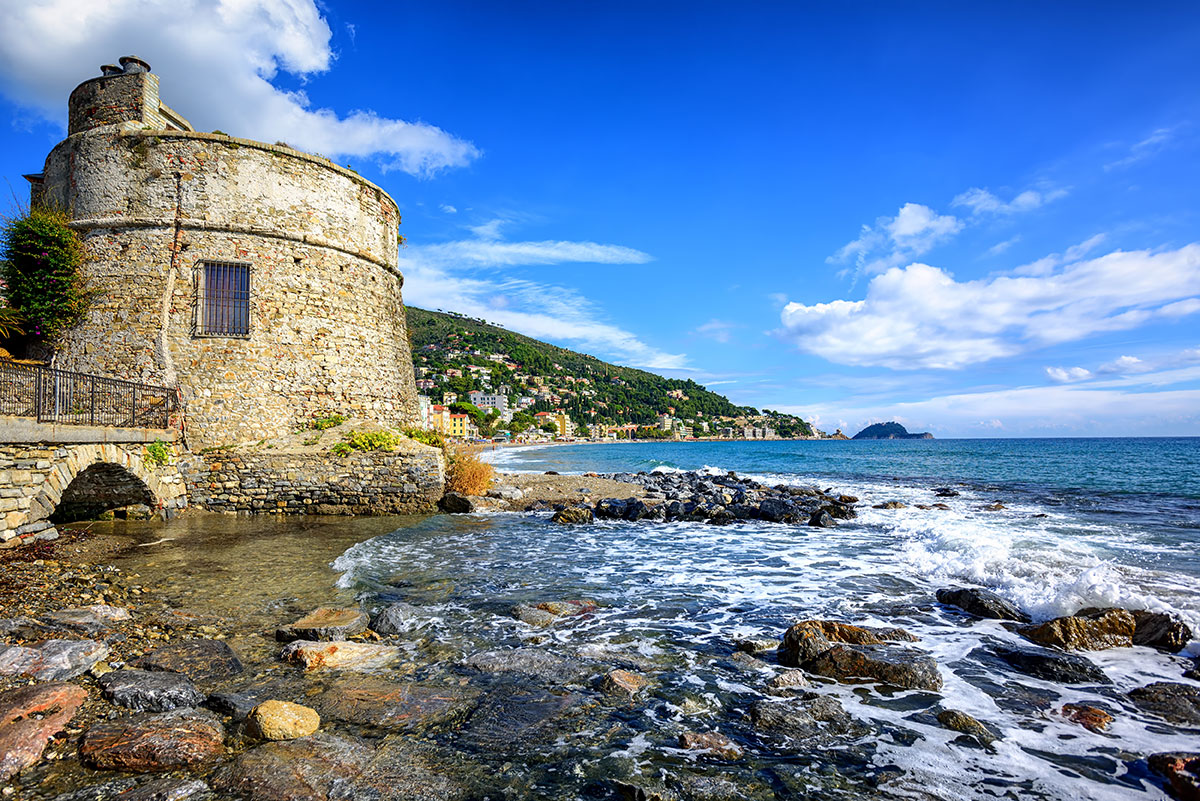 The stunning Torrione Saraceno in Alassio
The stunning Torrione Saraceno in Alassio
With its captivating coastline inhabited since the earliest of times, Liguria in Italy boasts a fascinating collection of alluring myths and legends. From poignant moments in the region’s time, ancient ancestral and ecclesiastical tales including Mary Magdalene, Joseph of Arimatea and the Templar Knights to the Holy Grail and the Holy Basin of St Lawrence Cathedral in Genoa, to the enigmatic fears of today, Liguria unveils tantalizing stories full of suspense and superstition.
Discover some of Liguria’s hidden secrets here:
From the stele sandstone statues of Luingiana in Piagnaro Castle (in the small northern Tuscan city of Pontremoli, close to the Ligurian border) which date back to 6th – 1st century B.C, to the local megalith monument Menhir of Tramonti, discovered in the forested Ligurian hill village of Biassa, above Golfo dei Poeti (previously known as ‘Devil’s rock’, from reported apparitions and fires soaring from the Neolithic monument into the sky towards the Island of the Dead, presumed to be Corsica), to the mysterious Borghese stone in Pratomollo and the graffiti-covered Martian stone in Borzonasca, near Chiavari (which is of meteoric origins and has the uncanny power to deviate compasses).
The Liguria coast is full of mystery and intrigue, as well as beautiful
sandy beaches!
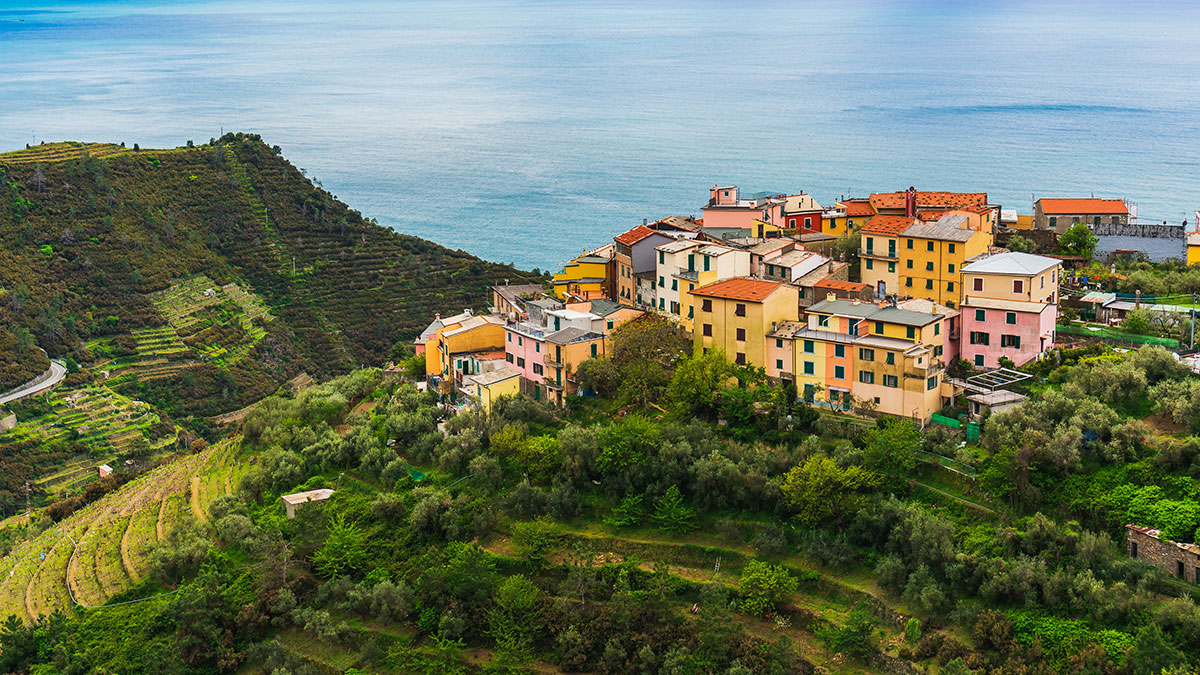
The stunning Volastra, a gem in the Cinque Terre
In a coastal region scattered with watch towers and shattered by sea conquests, Liguria boasts some riveting sea tales. Harking back to the violent time of the Saracens raids in the 9th and 10th centuries, one such tale stands out. In the area of the Cinque Terre, the inhabitants of Volastra spotted Saracen ships offshore and promptly hid all their worldly treasures (including the silver church bells) in a large pit, away from the preying eyes of looters.
In the brutal raid that came, the ancient village was utterly destroyed and raised to the ground. Although the treasure remained safe and hidden underground, the few traumatised survivors were unable to relocate the pit. Their treasure was lost forever.
Even to this day, during a thunderstorm, it is
claimed the lost village church bells can still be heard tolling into the
night; deaf to the light yet heedful in the dark…
Standing approximately 1,000m above sea level, the convent, promised shelter from the savage storm. This time though, it was not the friendly faces of the friars who greeted him, but a gang of 5 bandits. Without a care, they robbed and wounded him, before mercilessly throwing him off the cliff to die. Miraculously, the wayfarer somehow survived the fall, and was rescued by a local family. What was discovered at the bottom of the cliff though brought the local community to its knees.
The bottom of the cliff was strewn with the dead bodies of those friendly friars, and 100 or more unfortunate victims. One thing is for certain, this wayfarer had a very lucky escape!
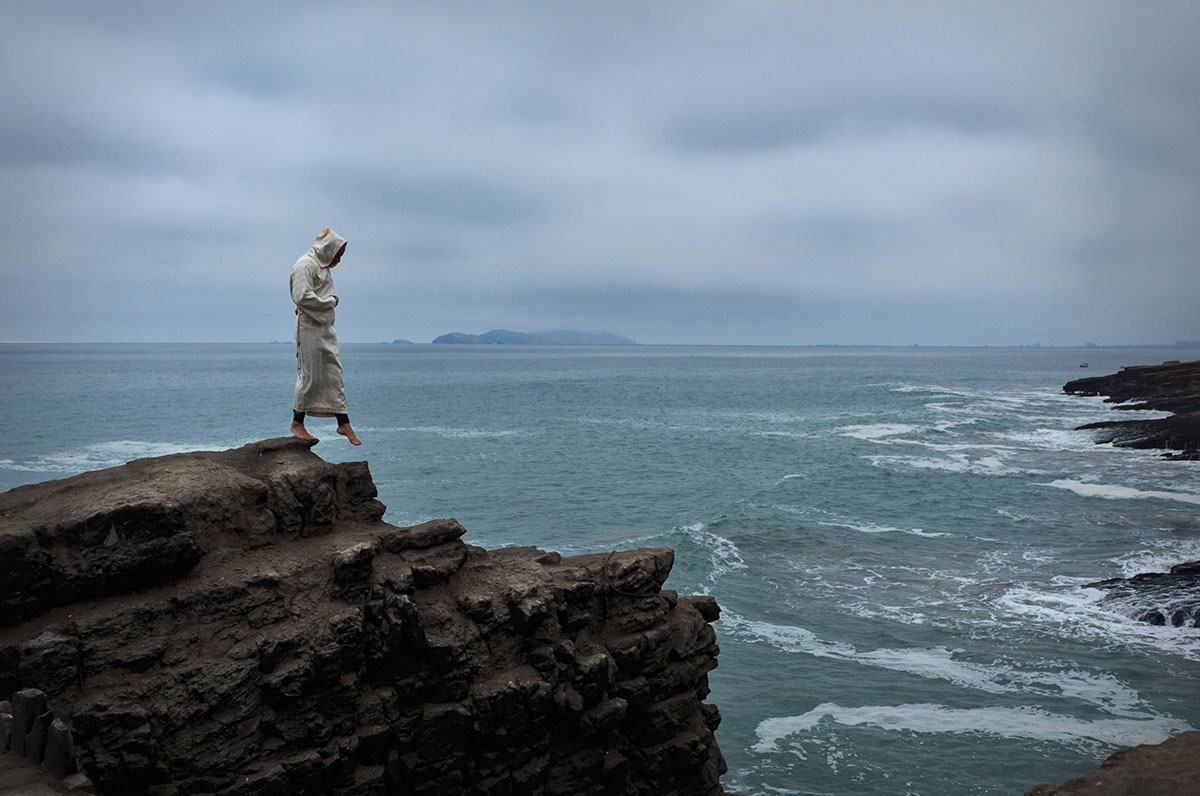
The medieval castle of ‘Fieschi’ (Castello di Savignone) and castle of ‘Fosdinovo’ (Malaspina) are both occupied by the ghosts of former residents who once lived there.
Nearby sightings of dead people walking in procession were once abetted by food and wine offerings from the local peasant community. Perhaps you’ll feel inclined to do the same when visiting(!)
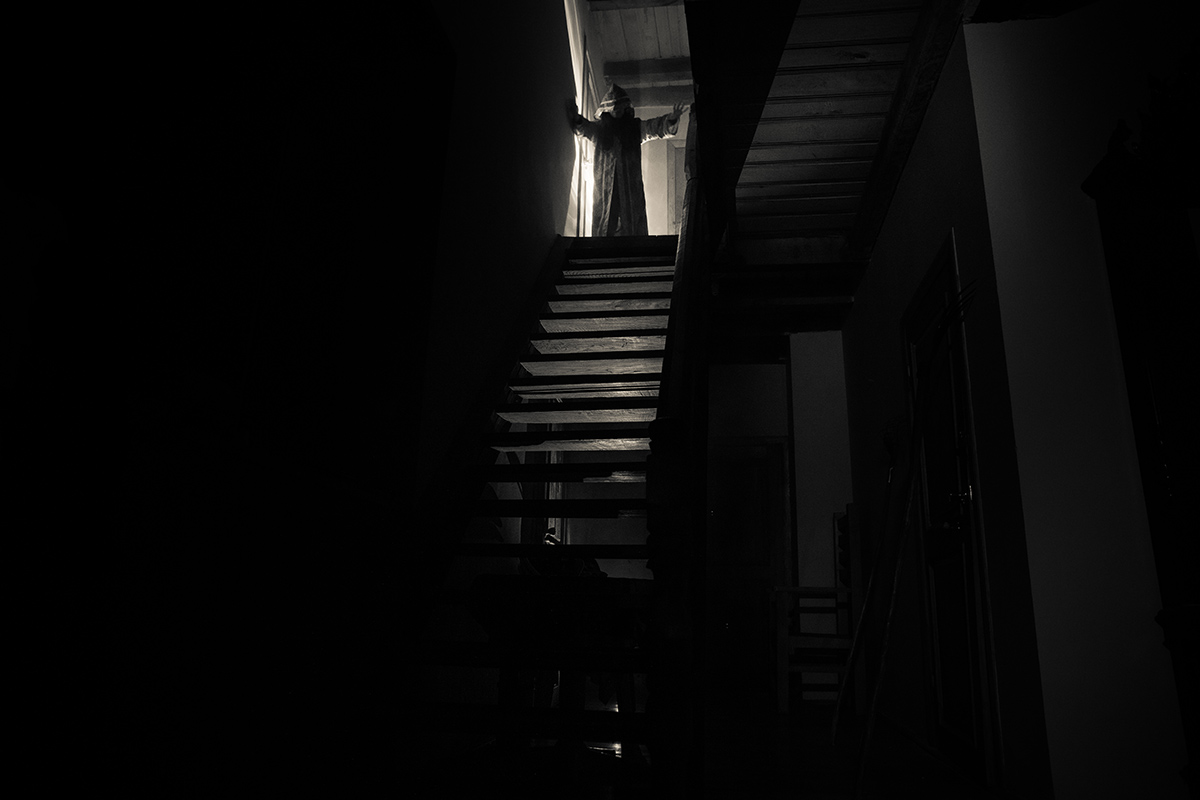
In 1818,
tragedy struck the English poet Percy Shelley, who died in a mysterious
shipwreck off Lerici harbour.
Aptly
named ‘Golfo dei Poeti’
(Gulf of the Poets), many literary fans flock to the area to pay homage to the gothic romanticist. Indeed, the numerous melanchonic sightings of Shelley's ghost rising from the waves certainly provides a befitting last
story to the literary life of this influential poet.

Once a palace for the wealthy, the fortunes of the grand Hotel Angst in Brodighera along the Ligurian Riviera have fallen spectacularly. Now a monument to decay, the haunting image of the abandoned hotel resonates with locals and visitors alike. Are you brave enough to take a closer look?
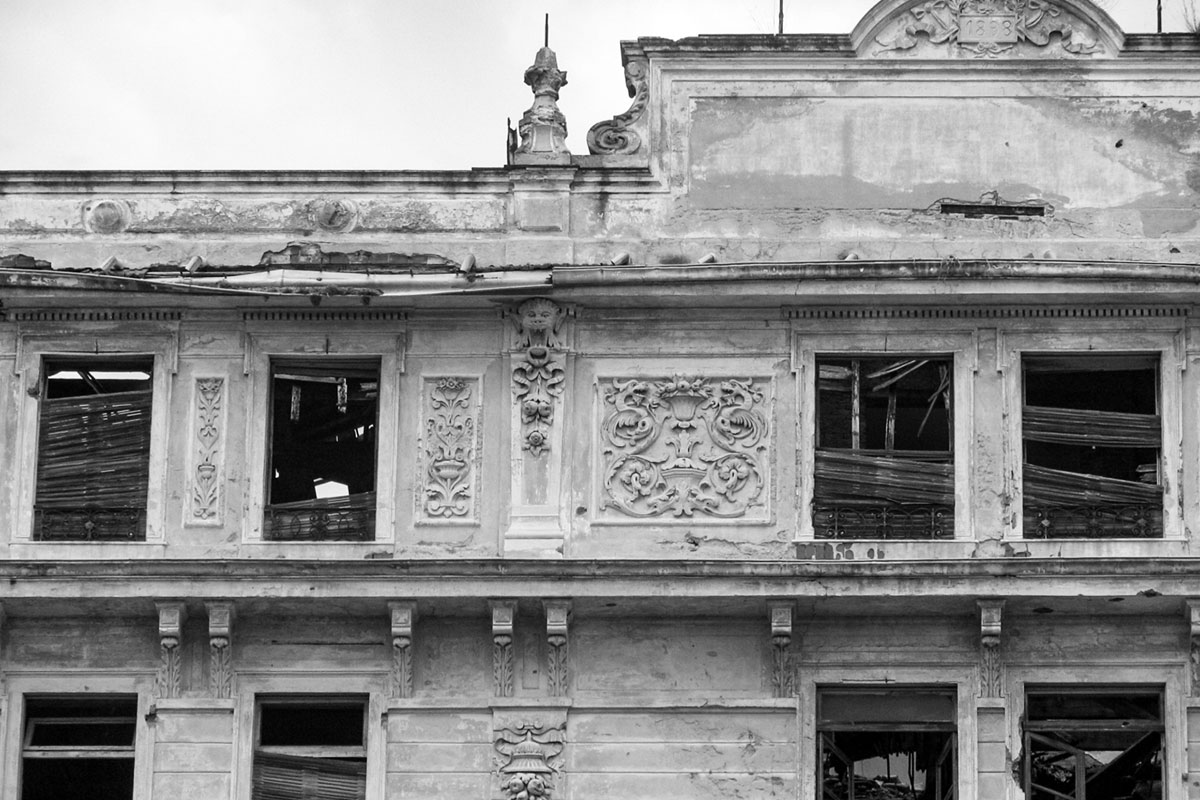
Even
today, the reputation of the genius violinist Niccolò Paganini is
not without controversy. Born in Genoa in 1782 and a child prodigy by the time he was
13, the Ligurian musician's first solo violin tour began, at the age of 15. As his unbounding
talent took him to every corner (and well-known concert hall) of Europe, his rapid
virtuoso success brought on a breakdown. His heady relationship with alcohol,
gambling and women at the time certainly did not help. Paganini soon saw scandal
join him on the stage. Yet it was not the hedonistic sort. It was all together
more eerie...
The first rumour arose after a concert in Vienna. A member of the audience claimed to have seen the Devil himself helping the violinist play during his evening performance! The bizarre rumour soon escalated to reported sightings of his Doppelgänger with horns and hooves, and worse. One particularly gruesome tale also began to circulate, that the demonic violinist had murdered a woman and used her intestines as violin string. What’s more, he had imprisoned the victim’s soul for all eternity inside his violin; her screams resonating from the strings, as he performed on stage to an entranced audience.
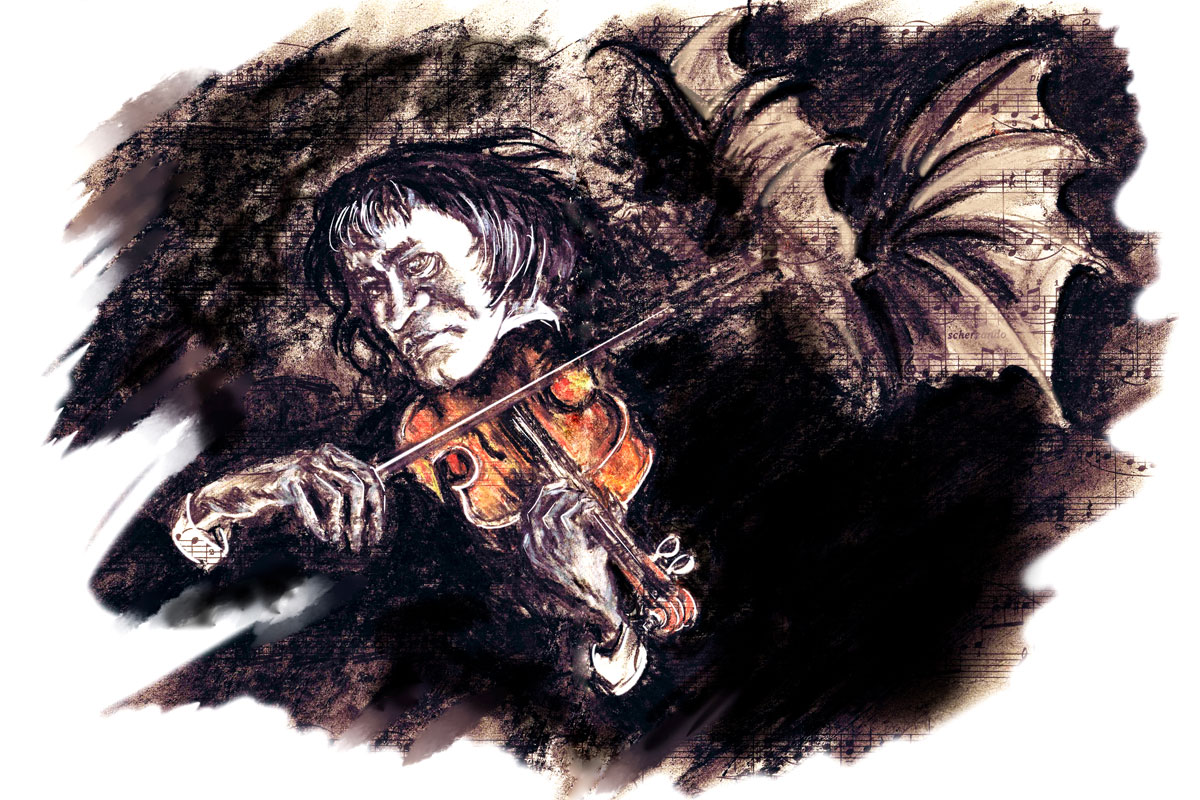
A drawing of the musician Nicolò Paganini
So, was Paganini possessed by the Devil? His striking appearance (a strong angular face, pale skin, thin lips, favoured black attire and astonishingly long fingers) perhaps did not help his cause. Nor the fact he refused a Catholic priest who offered to perform his last rites in 1840, just before he died in Nice, France from larynx cancer. After his death, his devilish persona followed him into the afterlife, with even his local church refusing to bury his body. Four years followed, in which time his embalmed corpse was left for 1 year in the cellar of his house, before embarking on a rather surreal ‘tour’ around Europe. From an abandoned leper house and a cement vat in an olive oil factory, to a private house near Nice, the body was finally allowed (by Pope Gregory XVI) to be left to rest in ‘La Villetta’ cemetery in Parma, Italy (some 200km from his birthplace in Genoa).
Although there’s no evidence or justification for the region’s
superstition towards the violinist, there’s no denying the region’s very real fear
for one of its greatest exports.
With these legends and more laced within the rich cultural fabric
of Liguria, book a vacation rental with us if you dare!
join over 80,000 people who receive our updates